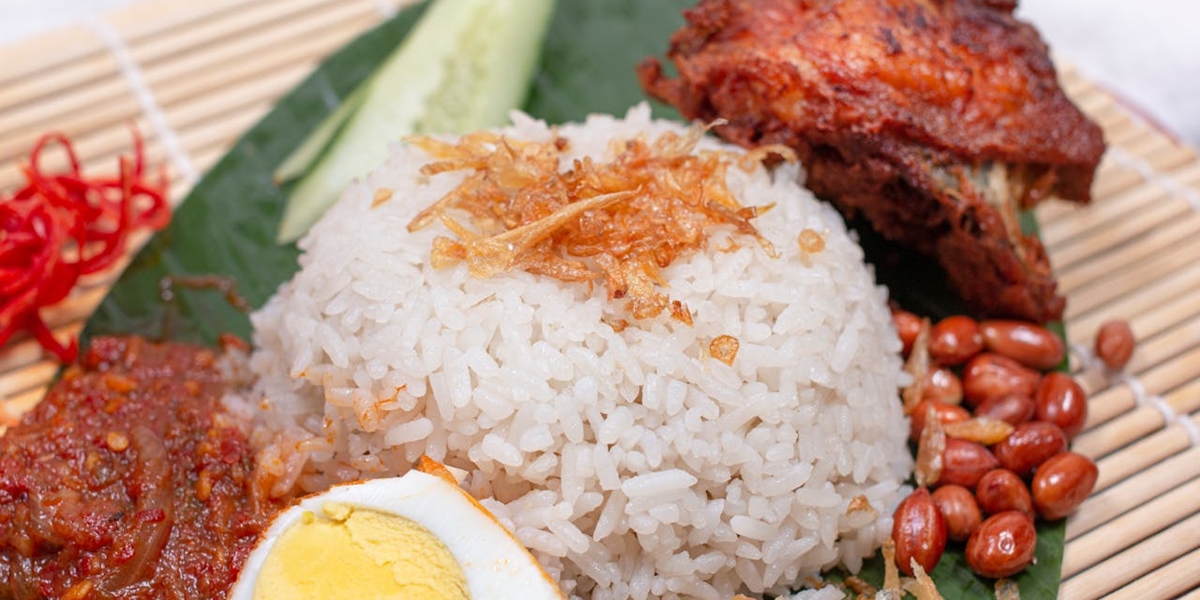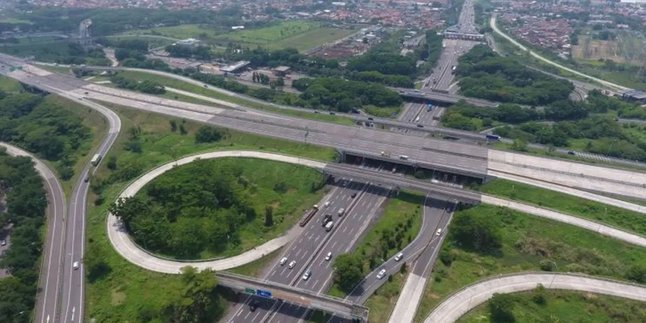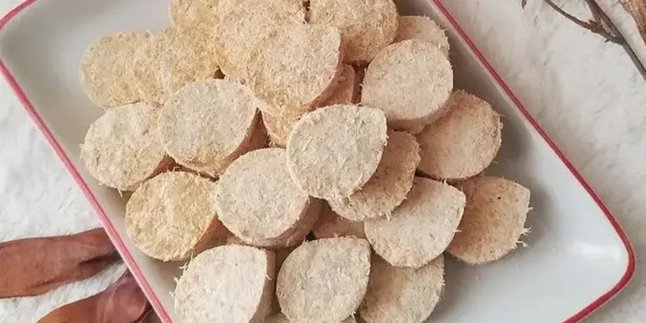Kapanlagi.com - Indonesia has many unique traditions related to the celebration of Idulfitri. One of them is Binarundak, a distinctive tradition of the Mongondow people living in Bolaang Mongondow, North Sulawesi. This tradition is held about a week after Idulfitri, where the community gathers to cook jaha rice in large quantities.
Binarundak is not just a culinary celebration, but it also holds deep social significance. This tradition serves as a means of reconnecting and reuniting with those who have migrated and returned to their hometown during Eid. They gather, share stories, and enjoy the special dishes cooked together.
What is the history and significance of the Binarundak tradition? What are its unique aspects in its implementation? Summarized by Liputan6.com from various sources, here is the complete review.
1. What is the Binarundak Tradition?
Binarundak is the tradition of cooking jaha rice, a specialty food from North Sulawesi made from glutinous rice, coconut milk, and ginger, then burned in bamboo. This tradition is carried out collectively by the people of Kotamobagu and Bolaang Mongondow a week after Idulfitri.
Binarundak originates from the habits of the migrant community who want to spend more time with their families before returning to the cities where they work. Therefore, they hold an additional celebration after Eid to gather again.
The peak of the Binarundak event is marked by the mass burning of jaha rice. Tons of coconut husks are used as fuel, creating a distinctive atmosphere with smoke filling the air. After the rice is cooked, the community enjoys the dish together while chatting and strengthening their bonds of brotherhood.
2. History and Meaning of the Binarundak Tradition
Binarundak is not just a culinary tradition, but also has a profound social meaning for the Mongondow community. This tradition is rooted in the habits of migrants who want to extend their time together with family before returning to their respective workplaces.
This tradition is also inspired by the habits of the Javanese-Tondano community in Gorontalo, who hold a special celebration seven days after Idulfitri. The Mongondow community then adopted this habit by adding their unique element, which is cooking large quantities of jaha rice.
Binarundak has several important meanings for the local community:
- Symbol of togetherness: This tradition serves as a reunion for migrants and local residents.
- Preserving local culture: Jaha rice as a traditional food remains preserved and is passed down to the younger generation.
- Expression of gratitude: By gathering and sharing food, the community expresses gratitude for the blessings of Idulfitri.
3. The Process of Implementing the Binarundak Tradition
Binarundak is not just about cooking jaha rice, but also involves a series of processes that engage the entire community. Here are the stages of its implementation:
1. Preparation of Ingredients and Equipment
The day before the event, the community begins gathering the main ingredients, which are glutinous rice, coconut milk, ginger, shallots, kaffir lime leaves, and lemongrass. They also prepare bamboo as containers and coconut husks as fuel.
2. Cooking Jaha Rice
The glutinous rice that has been soaked overnight is steamed until half-cooked, then mixed with the ground spices. After that, this mixture is wrapped in banana leaves and placed into bamboo tubes.
3. Mass Burning
On the day of the event, the villagers gather and arrange the bamboo filled with jaha rice along the road. Tons of coconut husks are set on fire as fuel, creating thick, distinctive smoke. This burning process lasts for several hours until the rice is perfectly cooked.
4. Eating Together and Entertainment
Once cooked, the jaha rice is cut into pieces and enjoyed with side dishes such as shredded skipjack tuna, beef curry, and venison floss. This event is also enlivened with traditional music and recitations of praise as a form of gratitude.
4. The Uniqueness and Attraction of Binarundak
Binarundak is not only appealing to the local community but has also become a cultural tourism icon in Kotamobagu. In fact, in 2014, the local government inaugurated the 18-meter tall Binarundak Monument as a symbol of the preservation of this tradition.
Some of the unique aspects that make this tradition interesting are:
- Held on the main road: During the event, the streets in Motoboi Besar Village are filled with residents cooking nasi jaha.
- Thick smoke fills the sky: The burning of large amounts of coconut husks creates a unique and distinctive atmosphere.
- Using traditional cooking techniques: Cooking with bamboo gives a unique aroma to nasi jaha that cannot be found in modern methods.
- Becoming a cultural tourism event: This tradition attracts tourists who want to directly experience cooking and enjoying nasi jaha.
(kpl/frr)
Disclaimer: This translation from Bahasa Indonesia to English has been generated by Artificial Intelligence.












